The so-called Woman mint actually belongs to the type of daisy family and is therefore not real mint. It probably got its name because of its mint-like scent. It also has a positive effect on the digestive system in common with mint.
Occurrence & cultivation of lady mint

This naturalization took place through various monastic orders in the Middle Ages. In the so-called “Capitulare” - a regulation from Charlemagne - it was listed as a medicinal plant and was then grown in all monasteries and state gardens. Today the lady mint has largely been forgotten.
The plant itself is a perennial, herbaceous plant with a strong root. The soil should be loose and nutritious. Their stem axis system is widely ramified and forms numerous offshoots. The stems are just as widely branched and have a slight downy fluff. Their height measures between 80 and 150 centimeters. The leaves reach a length of up to 20 centimeters. These are leathery, elongated to egg-shaped and spread an intense scent.
While the numerous stems grow in the spring, the flowering time of the lady mint does not occur until late summer. The flowers are inconspicuous and greenish-yellow in color. They hang in umbel-like panicles on the many stems of the plant.
Effect & application
Only the leaves of lady mint are used. It used to grow in every monastery garden and was used in many ways. The most common form of use - then as now - is tea infusion. One to two teaspoons of dried lady mint are poured over with a cup of boiling water. The brewing time is 10 minutes. Then the tea is strained and should be drunk in small sips. The consumption recommendation is 1 to 3 cups daily.
As with all medicinal plants, you should stop taking tea with lady mint after about six weeks. This prevents undesirable long-term effects from occurring. After this break, a six-week regimen with lady mint tea can be applied again. This ensures the balance between side effects and the positive effects of the medicinal plant. The internal ingestion of the woman's mint leaves primarily has a positive effect on the digestive organs.
It should of course provide a remedy, especially in the case of constipation. It also alleviates discomfort during the monthly menstrual bleeding. The name woman mint is derived from this. In the Middle Ages, the monks also used woman mint for fever and fainting. Because in addition to the essential oils mentioned, the women's mine also contains camphor and camphene, which have a vitalizing and stimulating effect. In addition, borneol, pinene, thujone and tannic acids are among the components of lady mint.
When this medicinal plant was still being used regularly, it was also used to stimulate the urge to urinate and thus to stimulate the discharge of toxins and water retention in the body. It was also used externally in the form of compresses, baths or washes. This should promote wound healing in various skin diseases. Similar to its relative - the tansy - the lady mint was also used for lice infestation.
Importance for health, treatment & prevention
Since the middle of the 16th century the lady mint has been regularly included in drug lists. Nevertheless, it has lost a lot of popularity. Although its mode of action is so diverse, this recognized medicinal plant is only rarely used.
Due to its antispasmodic effect, it is primarily used for complaints of the gastrointestinal tract. Especially if this is accompanied by gas and constipation. In this context there are also problems during menstruation, which the lady mint can alleviate. Due to its diuretic and thus also draining mode of action, it is also suitable for biliary problems, bladder and urethral diseases.
The liver and kidneys can also be stimulated to increase their excretion and consequently cleaned. Thus the lady mint can act as a companion in regular detoxification cures and help to prevent serious diseases of the excretory organs. By stimulating this, increased fluid retention can also be countered. Edema and other tissue swelling could be treated supportively with woman mint.
Another advantage of lady mint is its astringent and antiseptic properties. This makes them ideal for injuries to the skin surface. Envelopes with lady mint can be placed directly on the relevant area. In this way, insect bites can also be treated supportively. In the case of a worm infestation, the lady mint should also have proven itself.
Woman mint is considered worming in the vernacular. It cleanses the stomach and intestinal tract and can therefore expel tapeworms and various other intestinal parasites. Upper respiratory tract infections - accompanied by a cough and fever - respond just as well to taking woman mint tea. Here, too, this medicinal plant supports the healing process of the human organism with its relaxing effect.
In this way, the development of bronchitis with an accompanying dry cough can be counteracted. A tea infusion made from lady mint leaves generally helps to let go, relieves tension and relieves nervousness.
It should be noted that pregnant women should refrain from taking woman mint. Because it affects uterine contractions, ingestion could adversely affect pregnancy.

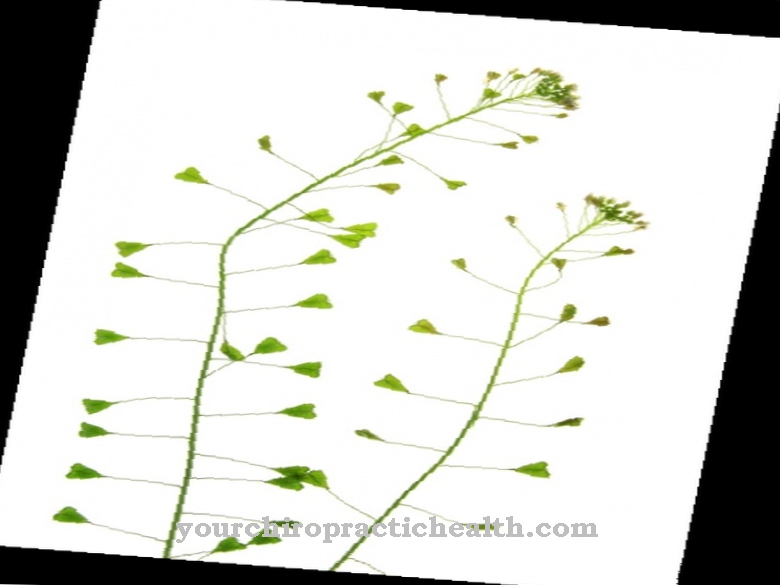
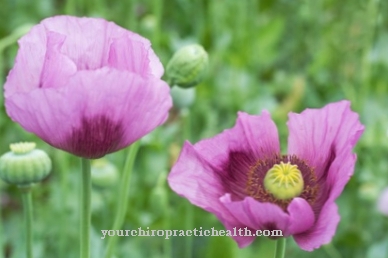
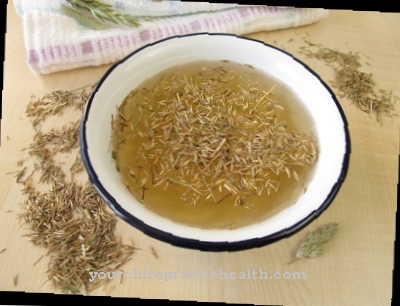
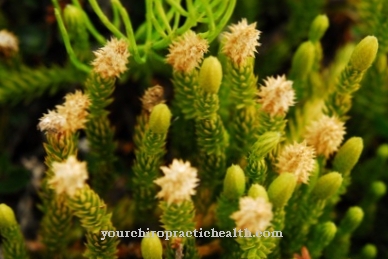
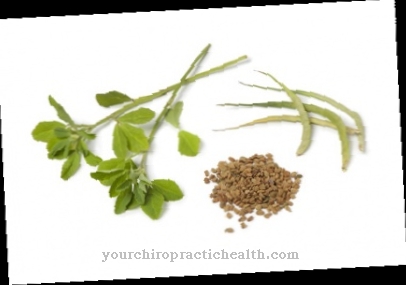
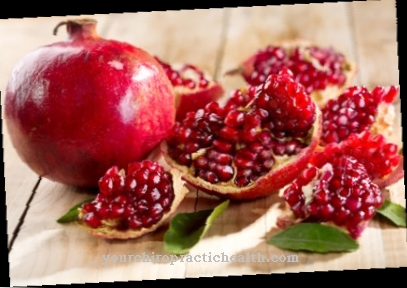


















.jpg)


